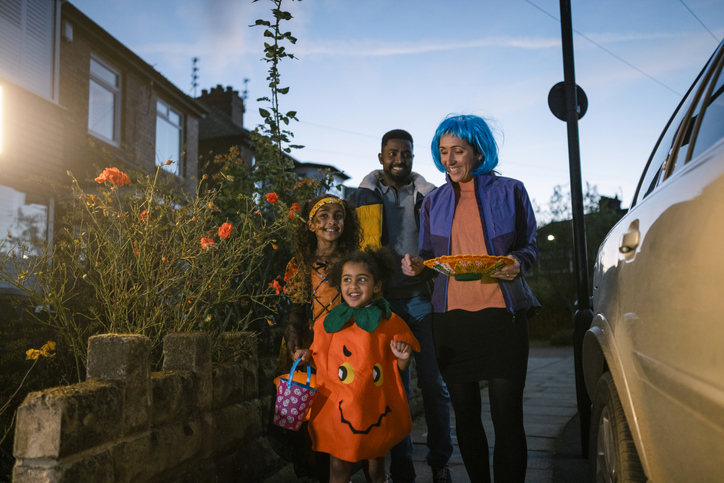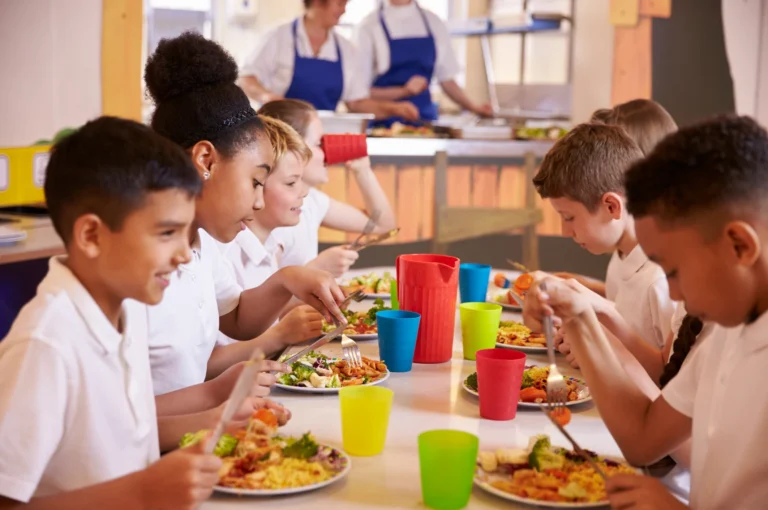
The month of May is a perfect time of the year to begin your seedlings for your indoor or outdoor gardens This blog will walk you through the best plants to grow with children, specifically those which are easy to grow, have short blooming seasons, and are fun to harvest. Additionally, we will discuss some different growing ideas along with other fun planting activities. Grab your gardening gloves, supplies, and the kids! Let’s dig in!
Gardening can be fun and inexpensive
Use recycled plastic containers to begin your seedlings (yogurt cups, water bottles, tomato containers, juice bottles, egg cartons, toilet, or paper towel rolls, etc.)

Did you know you can purchase seeds and/or seedlings using your EBT card? Click here for more information.
Upcycle seeds from food items you may already have at home (store-bought basil, squash, and tomatoes) or regrow chives, green onion, onions, and lettuce by placing their roots in water. Don’t toss it-plant it!

Plants to Grow with Young Gardeners

Keep your children engaged in the growing process, by choosing fruits and/or vegetables that sprout very quickly. Your best bets include beans, peas, lettuce, cherry tomatoes, radishes, carrots, and potatoes. Some other fun items are sunflowers, nasturtiums, lavender, marigolds, and pumpkins.
Broc’s Recommended Gardening Activities
- Rainbow garden-use either fruits and vegetables or a rainbow of colorful flowers
- Pizza garden consists of basil, oregano, onions, peppers, and tomatoes
- Salsa garden-includes tomatoes, peppers, onions, garlic, and cilantro
- Egg Carton Seedlings-add soil to the carton along with one or seeds of your choice. Cut each pod off and you can plant the whole thing in the ground when the seedlings have a second layer of leaves


- Toilet Paper tube seed starter-make a folded-in base with four small cuts on the bottom, fill ¾ with soil, add one or two seeds and spritz with water every day
- Potatoes in a Jar-use a potato that has eyes already sprouting, pierce the middle of the potato with four toothpicks, and add to the jar filled with water, potato should be ¼ of the way submerged and placed in a sunny spot. Change the water every week. Move to the garden in about a month.

- Seed Viewer-this can be done in a zip storage bag or in a clear plastic cup. Wet a few paper towels and add to the bag or the cup along with two to three bean seeds. Keep the paper towel moist and the beans should sprout within a week. Watch it every day to see the transformation!


- Make your own Fairy Garden using a patio container, fill it with soil, and decorate it with rocks, moss, pinecone trees, herbs, cacti, succulents, and fairy lights, of course!

Growing Tips
Some containers and seeds may take longer than others but try not to give up too quickly. Growing gardens is about trial and error so you may need to experiment with different lighting options and watering conditions. Keep a journal to track what works and what does not for your home and garden. Did your plants grow better in the ground or in a container? Did they like the sun on the patio or on the kitchen counter? Did the plants need watering every day or once a week? Children can tell their gardening stories through coloring pictures. Overall, have faith, patience, and fun while growing foods to enjoy with your family. You may even find that your picky eater will try a new food item if they have grown it themselves.
Companion growing might also help your crop. This means growing plants near each other that provide protection against pests or those that increase flavor and production through soil-quality enhancing properties. For example, when planting tomatoes, peas, beans, carrots, radishes, squash, lettuce, onion, or garlic, mix in some marigolds, basil, parsley, mint, sage, oregano, or thyme. Plant peppers and potatoes on their own.
Search our recipe page with your family to select new recipes to try with your bountiful harvest, click here. Some ideas for diverse crops and gardening growing ideas for Portuguese, Haitian, and Jamaican ingredients, can be found here.
Coordinate Your Activity with a Children’s Book
Rainbow Garden: Blue Potatoes, Orange Tomatoes: How to Grow a Rainbow Garden, by Rosalind Creasy, 2000, for ages 7-11.
Pizza Garden: Fidget Grows a Pizza Garden, by Jodie Fitz, 2017, for ages 4-7.
Life Cycle of a Seed: How Does a Seed Sprout?: Life Cycles with the Very Hungry Caterpillar, by Eric Carle, 2022, for ages 1-3.
Fairy Gardens: The Fairy Garden, by Georgia Buckthorn, 2022, for ages 4-7.
Eating Fruits and Vegetables: Plants Feed Me, by Lizzy Rockwell, 2015, for ages 3-6.
Best of luck with your seedlings and most importantly, have fun!
-Broc





